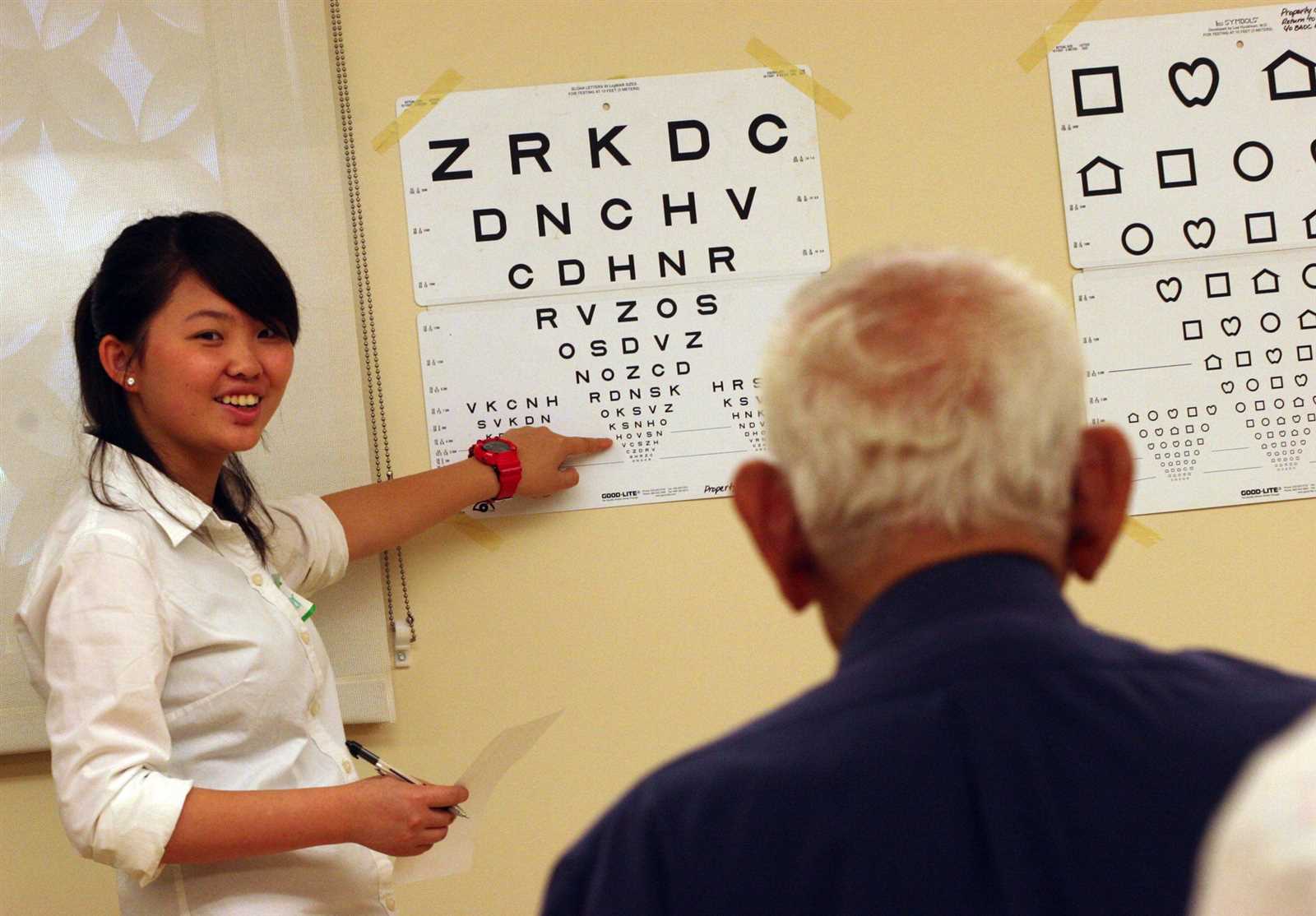
When applying for a driver’s license or renewing an existing one, individuals are required to demonstrate sufficient vision to ensure safe driving. One of the key steps in this process involves a standardized method of testing eyesight to meet specific legal standards. The visual screening is designed to assess whether a person can see clearly enough to drive without risk to themselves or others on the road.
These tests are generally straightforward but may vary slightly depending on the state or region. During the procedure, candidates will be asked to read a set of symbols, letters, or numbers from a certain distance. The results will determine whether corrective lenses are necessary for driving or if any further action is required before obtaining a license.
Understanding how the vision test works and what is expected can help ensure a smooth and stress-free experience. It’s essential to be aware of the requirements, particularly for individuals who may need assistance with corrective eyewear. This article will guide you through the process and provide helpful tips for passing the vision screening.
Vision Test Overview for Drivers
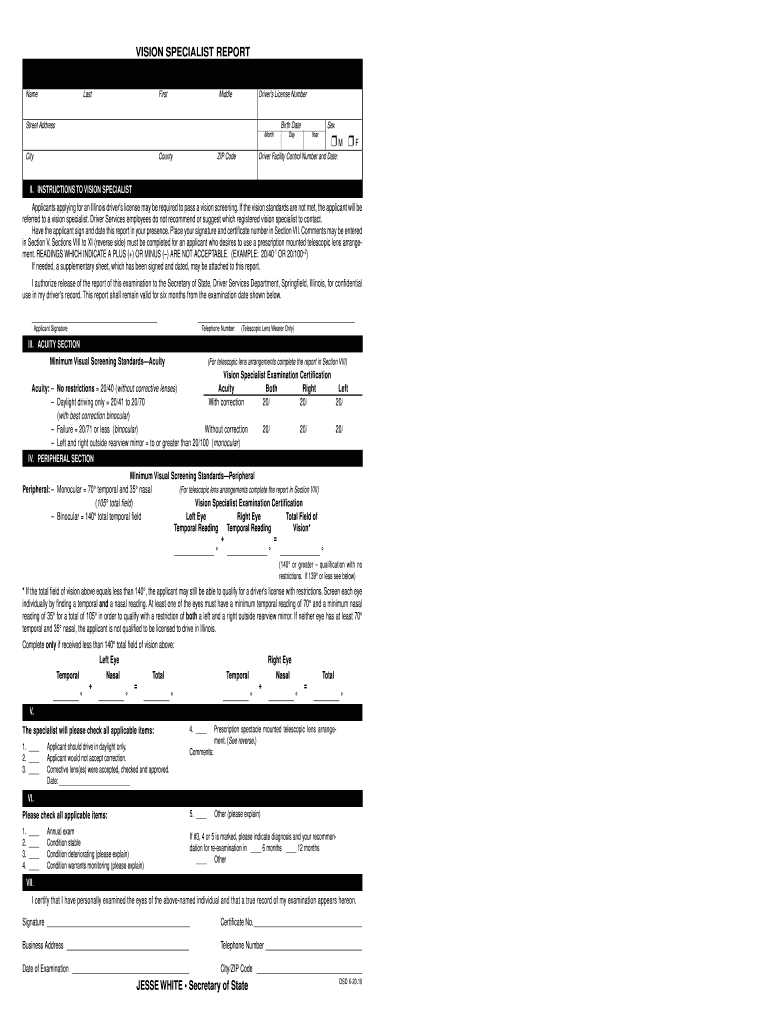
When you apply for a driver’s license or renew an existing one, a vision assessment is a critical step in the process. This procedure helps ensure that all drivers meet the necessary requirements for clear and safe vision while operating a vehicle. The evaluation involves reading a series of symbols, letters, or numbers from a specified distance, providing a standard measure of visual acuity for road safety.
Types of Tests Used
There are several different methods used to assess vision for licensing purposes, each designed to test various aspects of sight. Some focus on sharpness and clarity, while others assess peripheral vision and depth perception. The most common format includes reading letters or numbers from a distance, but some tests may also evaluate how well you see in low-light conditions or whether corrective lenses are needed.
Vision Standards for Licensing
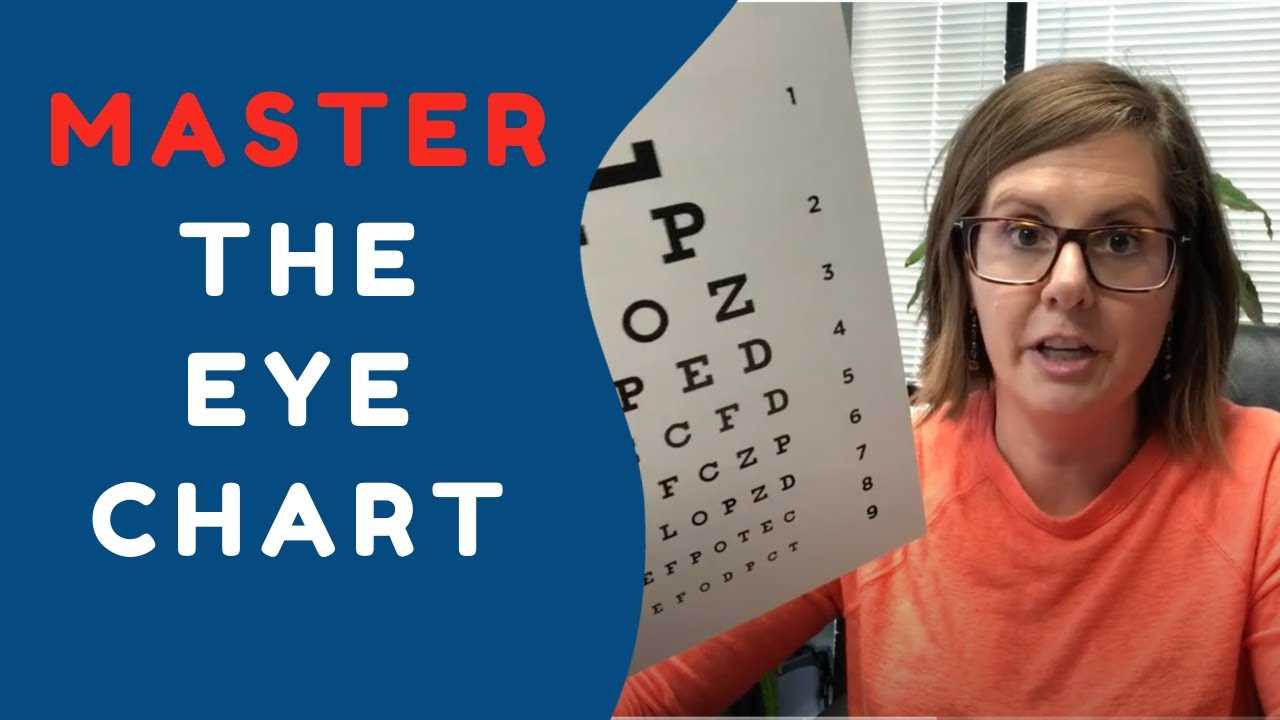
The required vision standards vary by state, but there are common benchmarks that all drivers must meet. Generally, individuals must have a minimum visual acuity of 20/40 with or without corrective lenses. If your results do not meet the necessary standards, you may be required to wear corrective glasses or contact lenses while driving or, in some cases, seek further assessment from a healthcare professional.
| Vision Requirement | Standard |
|---|---|
| Minimum Visual Acuity | 20/40 or better |
| Peripheral Vision | 120° field of view |
| Corrective Lenses | Required if necessary |
By understanding the vision assessment process, individuals can better prepare for the test and ensure they meet all necessary requirements for safe driving. Whether you are a first-time applicant or renewing your license, this process is an essential part of maintaining road safety standards for all drivers.
Understanding the Vision Test for Drivers
The vision assessment for obtaining or renewing a driver’s license plays a vital role in ensuring that individuals meet the necessary standards for safe driving. This screening helps determine whether a person’s visual abilities are adequate to operate a vehicle without putting themselves or others at risk. While the specifics of the test may vary slightly by region, the core objective remains the same: to assess whether a person has sufficient clarity and field of vision to drive safely.
The test is typically simple, consisting of reading characters or numbers from a certain distance. However, understanding the key components of the screening can help drivers better prepare and meet the required standards. Below are the critical elements involved in the test:
- Visual Acuity – The sharpness or clarity of vision, typically assessed by reading letters or numbers from a specified distance.
- Peripheral Vision – The ability to see objects outside of the direct line of sight, which is crucial for safe lane changes and awareness on the road.
- Color Vision – Some tests may evaluate the ability to distinguish traffic lights and signals accurately.
- Depth Perception – The ability to judge distances and the relative position of objects, which is important for parking and avoiding obstacles.
Here’s what to expect during the screening process:
- You will be asked to stand or sit at a designated distance from the testing area.
- Characters or numbers will be displayed, and you will be required to read them out loud or identify them.
- The results will determine if your vision is within the acceptable range for driving.
In most cases, individuals who do not meet the required standards may need to use corrective lenses while driving. If the assessment shows significant vision impairment, further evaluation by an eye care professional may be required before obtaining or renewing a license.
How the Vision Screening Test Works
The vision screening used for driver’s license assessments is designed to measure the clarity and range of an individual’s sight. This simple yet effective method allows examiners to determine whether a person’s vision meets the necessary standards for safe driving. The process typically involves reading characters from a designated distance, with progressively smaller symbols to test visual acuity.
During the test, you will be asked to identify a series of characters displayed on a screen or a wall. The characters vary in size, with the largest at the top and the smallest at the bottom, resembling a standard reading test. If you can read the smallest line clearly from the required distance, your vision is considered adequate for driving. If you struggle to identify the symbols, corrective lenses may be necessary.
| Line Number | Character Size | Distance |
|---|---|---|
| Top Line | Large Symbols | 20 feet |
| Middle Lines | Medium Symbols | 20 feet |
| Bottom Line | Small Symbols | 20 feet |
The distance between you and the test area is crucial, as it helps to measure how well you can see from the typical driving distance. If you cannot identify the smallest symbols from the designated distance, you may be required to take further action, such as wearing corrective lenses while driving. The results of this test are usually documented and used to decide whether you meet the visual standards for operating a vehicle.
Why the DMV Requires Vision Tests
Vision assessments are a critical part of ensuring road safety and preventing accidents caused by impaired sight. When applying for or renewing a driver’s license, individuals must demonstrate that their vision meets the necessary standards for operating a vehicle. This screening ensures that all drivers can safely navigate traffic and respond to potential hazards on the road. By requiring this test, authorities aim to protect not only the driver but also pedestrians and other motorists.
Ensuring Public Safety
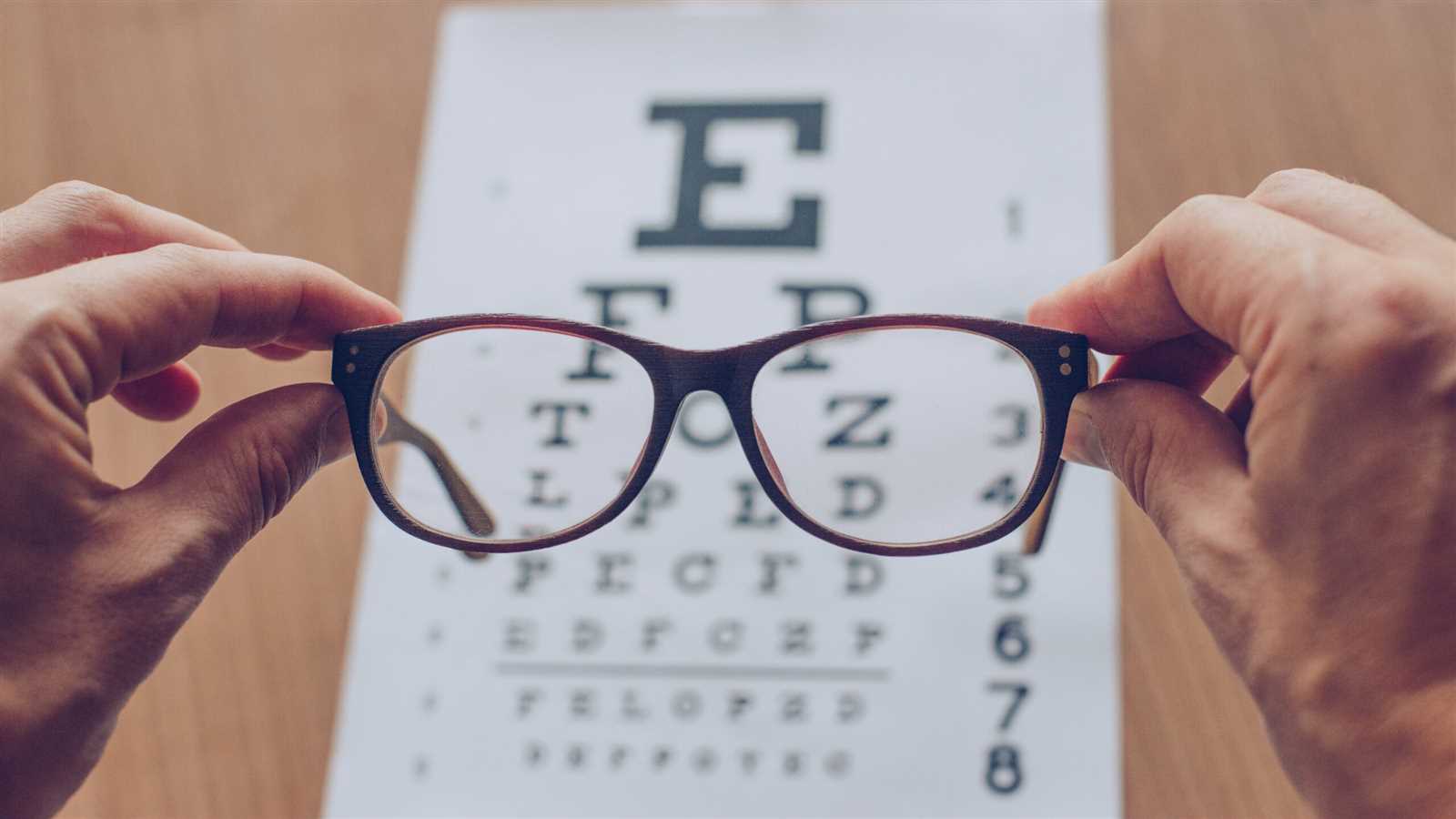
The primary reason for requiring a vision test is to maintain safety standards on the roads. Poor vision can affect a person’s ability to judge distances, read traffic signs, and respond to sudden changes in the environment, such as pedestrians crossing the street. Without a clear view, drivers are at higher risk of causing accidents, making it essential that vision capabilities meet specific guidelines.
Meeting Legal Standards
In many regions, the law mandates that drivers must have a minimum level of visual acuity to hold a valid driver’s license. These requirements are in place to standardize the process of issuing licenses, ensuring that everyone who is legally allowed to drive has the necessary sight for safe operation of a vehicle. Individuals who do not meet the standard may be required to wear corrective lenses or take further action to address their vision impairment.
What to Expect During Your Vision Test
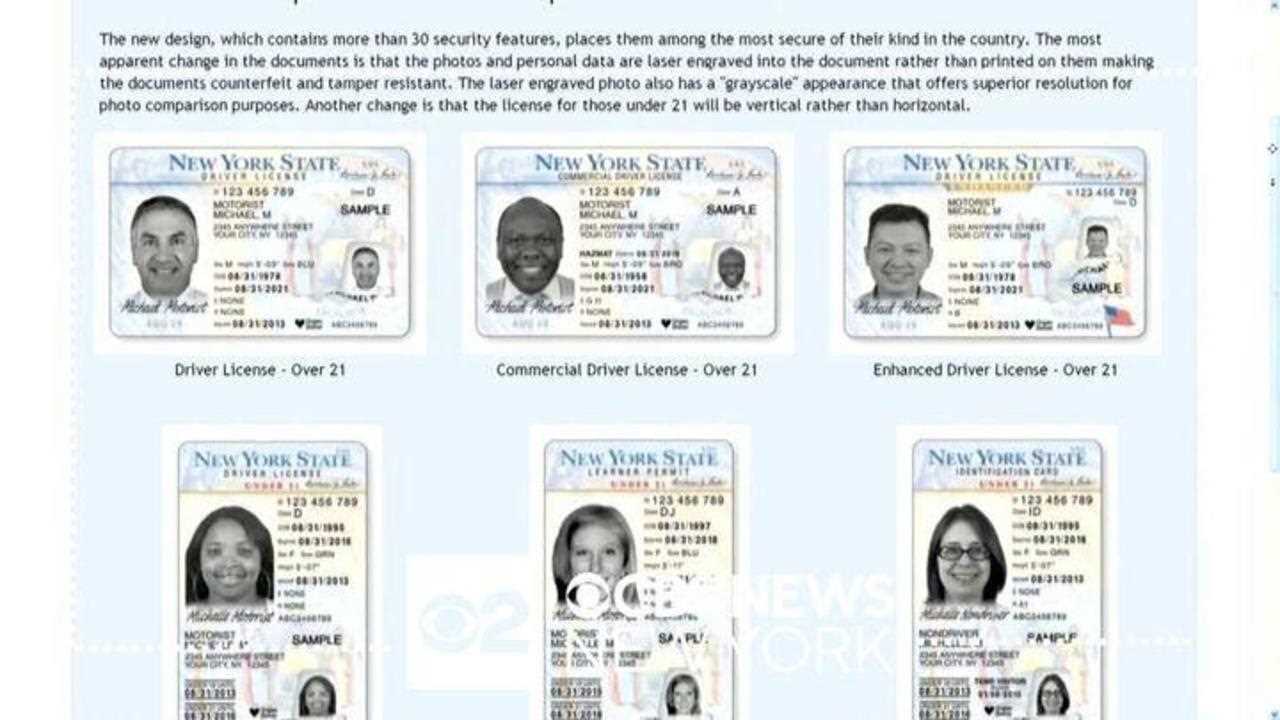
When you go for your driver’s license assessment, one of the steps will be a vision screening to ensure that you can see clearly enough to drive safely. This part of the process is usually quick and straightforward. The goal is to evaluate your visual clarity and ability to detect objects on the road, which is essential for safe driving. Knowing what to expect can help reduce any anxiety and make the process smoother.
Preparation for the Test
Before taking the screening, ensure that you are prepared. If you wear corrective lenses, make sure to bring them with you, as you will be asked to use them during the test if needed. The testing area will typically be well-lit, and you will be instructed to stand or sit at a specific distance from the vision screen, where letters, numbers, or symbols will be displayed for you to read or identify.
During the Screening
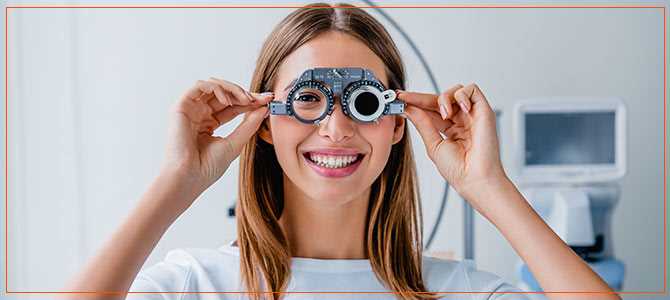
During the test, you will be asked to read characters from a distance, starting with the largest ones and moving to smaller ones. The examiner may ask you to cover one eye at a time or to read the characters without using your glasses or contacts if you typically wear them. The test is designed to measure your ability to read at a distance, ensuring you can clearly see traffic signs, signals, and other important road elements while driving.
Key Differences in Vision Assessment Screens
There are various types of vision assessment tools used by licensing authorities to measure a person’s ability to see clearly. These tools differ in design and format, but all serve the same fundamental purpose: to ensure drivers can see well enough to drive safely. While some tests use letters, others may use numbers or symbols, and the layout may vary slightly depending on the region or testing method. Understanding these differences can help individuals better prepare for the screening.
Letter-based vs. Symbol-based Screens
One of the key differences in vision assessments is whether the screen uses letters or symbols to test vision. The most common approach is to use letters arranged in decreasing size, similar to the familiar Snellen test. However, some regions may use symbols instead of letters, particularly for those who may not be familiar with the alphabet or for younger drivers. Symbol-based tests are often used to evaluate the ability to recognize shapes at a distance, offering a more universally accessible method.
Different Distance Requirements
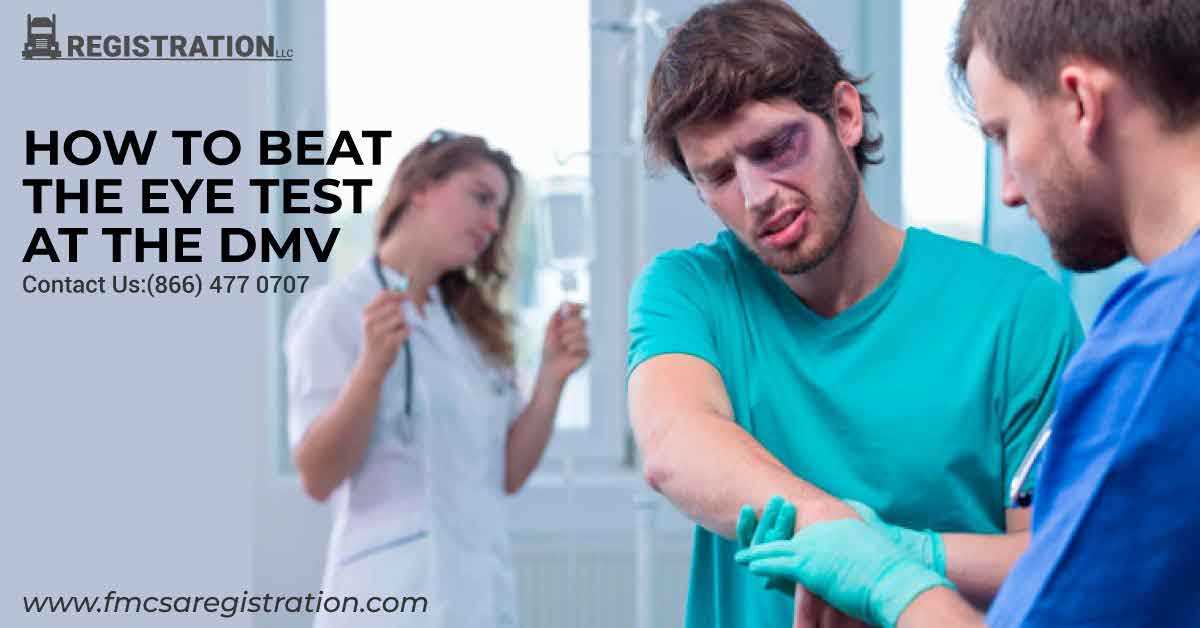
Another difference lies in the distance at which the vision assessment is conducted. Some areas require drivers to stand 20 feet away from the screen, while others may use different measurements. Additionally, some testing methods may require a driver to pass the test at a closer distance if they wear corrective lenses. The distance is set to simulate typical driving conditions, ensuring that the results accurately reflect a driver’s ability to read road signs and identify potential hazards from a safe distance.
These variations in testing methods and formats ensure that all individuals, regardless of location or background, are evaluated fairly and accurately for their visual capabilities behind the wheel.
Reading the Vision Screening Chart
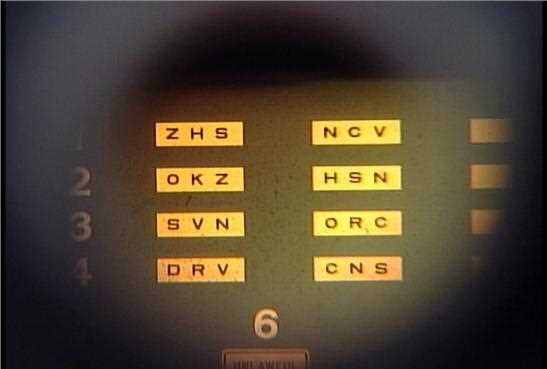
The vision screening process for obtaining a driver’s license often involves reading a series of symbols, numbers, or letters from a specified distance. This test is designed to assess how well you can see at various ranges, ensuring you are capable of reading road signs, detecting obstacles, and reacting to changes in traffic conditions while driving. Understanding how to approach and interpret the test can make the experience smoother and less stressful.
Typically, the symbols or characters will start large at the top of the screen and gradually decrease in size as you move down. The goal is to identify the smallest characters or shapes you can clearly read from the required distance. The number of lines and the size of the symbols will vary depending on the specific screening tool being used. If you can read the smallest line without difficulty, your vision is considered adequate for driving. If not, corrective lenses may be required.
Common Vision Screening Questions at the DMV
During the vision screening process for obtaining or renewing a driver’s license, there are several common questions that people often encounter. These questions help the examiner assess whether your sight meets the necessary standards for safe driving. Being prepared for these questions can help you understand the process better and ensure that you meet all requirements for licensing.
1. Do you wear corrective lenses?
This is one of the most common questions you will encounter. If you typically wear glasses or contact lenses, you will likely be asked to wear them during the screening. If you do not, it may be necessary for you to wear corrective lenses while driving in the future, depending on the results of your test.
2. How far can you read the smallest line?
Examiners may ask you to describe how well you can see the smallest characters displayed. This question helps determine whether your vision is within the legal limits for operating a vehicle. If you struggle to read the smallest line, you may need corrective lenses to pass the test.
3. Have you had recent vision changes?
Some regions may ask if you have noticed any recent changes in your vision, such as difficulty seeing at night or blurry vision. If you answer “yes,” you may be referred for a more thorough examination to ensure that your vision is safe for driving.
Understanding these common questions can help you prepare for your vision screening and ensure that you meet the necessary standards for driving safety.
Tips for Passing the Vision Test
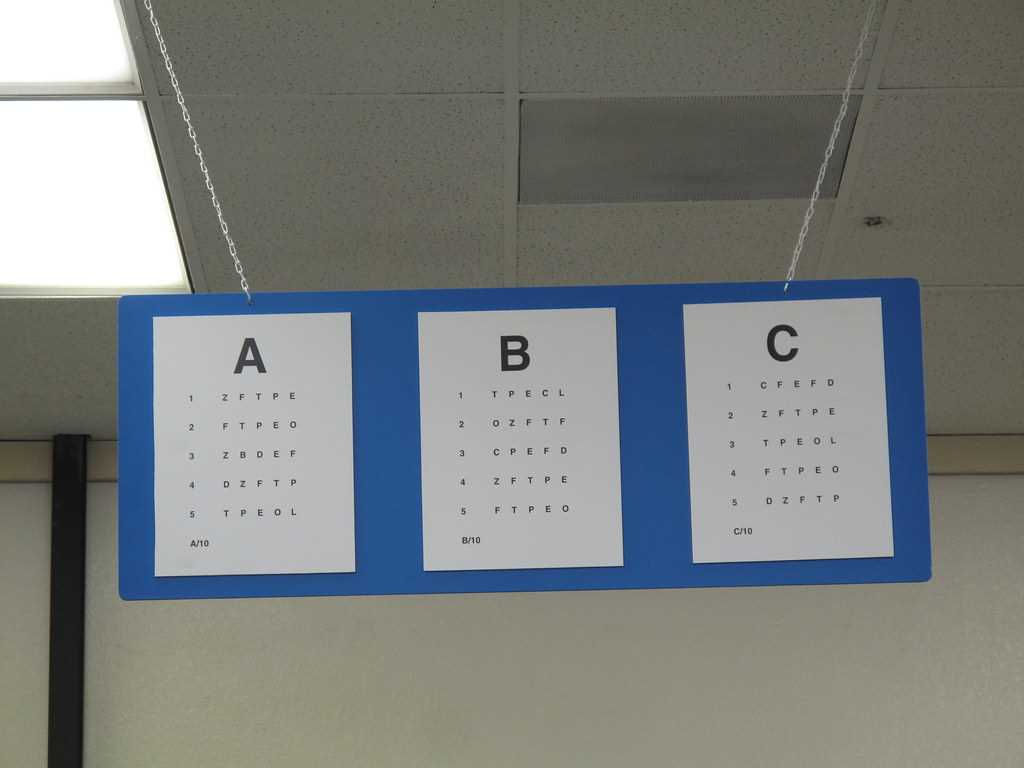
When taking a vision assessment for your driver’s license, it’s important to be prepared in order to ensure a successful result. While the test is generally straightforward, there are a few strategies you can use to improve your chances of passing. By following these simple tips, you can make the process smoother and avoid the need for follow-up tests or corrective lenses.
Preparation Before the Test
To ensure your vision is in the best possible condition on the day of the test, consider the following tips:
- Get Enough Rest: Fatigue can affect your ability to focus and see clearly. Make sure to get plenty of rest the night before your screening.
- Wear Corrective Lenses: If you use glasses or contacts, don’t forget to bring them with you. You may be asked to wear them during the test.
- Avoid Screen Time: Limit screen time before the test to prevent eye strain, which can affect your performance.
During the Screening
Once at the testing center, keep the following tips in mind to help you perform your best:
- Focus on Clarity: Concentrate on reading each line clearly, and don’t rush. Take your time to ensure you can read the characters correctly.
- Don’t Guess: If you’re unsure about a character, it’s better to skip it than to guess. Making mistakes could result in a failed test.
- Ask for Clarification: If the instructions aren’t clear or you feel uncertain about the procedure, ask the examiner for guidance.
By following these simple tips, you can ensure that you are fully prepared and ready to pass your vision test with ease.
How to Prepare for Your Vision Assessment
Preparing for a vision assessment can help you feel confident and ensure a smooth process. Whether you’re obtaining a new driver’s license or renewing an existing one, a little preparation can make a big difference. By taking a few simple steps before your test, you can improve your chances of passing and avoid unnecessary delays.
Steps to Prepare
Here are some practical tips to help you prepare for your upcoming vision test:
- Check Your Corrective Lenses: If you wear glasses or contact lenses, make sure they are clean and in good condition. Bring them with you to the assessment.
- Rest Your Eyes: Ensure you are well-rested before the test. Fatigue can affect your ability to focus and see clearly.
- Avoid Screen Time: Limit time spent on screens, such as phones or computers, the day before the test. This can reduce eye strain.
- Visit an Optometrist: If you’ve noticed any changes in your vision or have concerns, consider visiting an eye care professional before the assessment.
What to Bring
Make sure to bring the following items to your appointment:
- Your corrective lenses: If applicable, ensure you have your glasses or contacts with you.
- Prescription information: If you wear corrective lenses, bring your most recent prescription or any relevant documents.
- Your ID: Don’t forget to bring your driver’s license or other identification to the appointment.
By taking these simple steps, you can be well-prepared and ready for a successful vision screening.
Vision Standards for Driver’s License
In order to obtain or renew a driver’s license, individuals must meet certain visual acuity standards. These standards are in place to ensure that drivers can safely operate a vehicle and respond to road signs, hazards, and other drivers. The specific requirements may vary by state or region, but they generally include tests to measure clarity of sight, depth perception, and the ability to detect movement and obstacles.
Typically, the minimum vision requirement for driving includes a certain level of clarity for both near and distant vision. If an individual does not meet these standards, corrective lenses, such as glasses or contact lenses, may be required while driving. In some cases, additional assessments or referrals to an eye specialist may be necessary to confirm the individual’s ability to drive safely.
It’s important to familiarize yourself with your local standards before undergoing the testing process, as different regions may have specific criteria for visual health and safety.
What Happens If You Fail
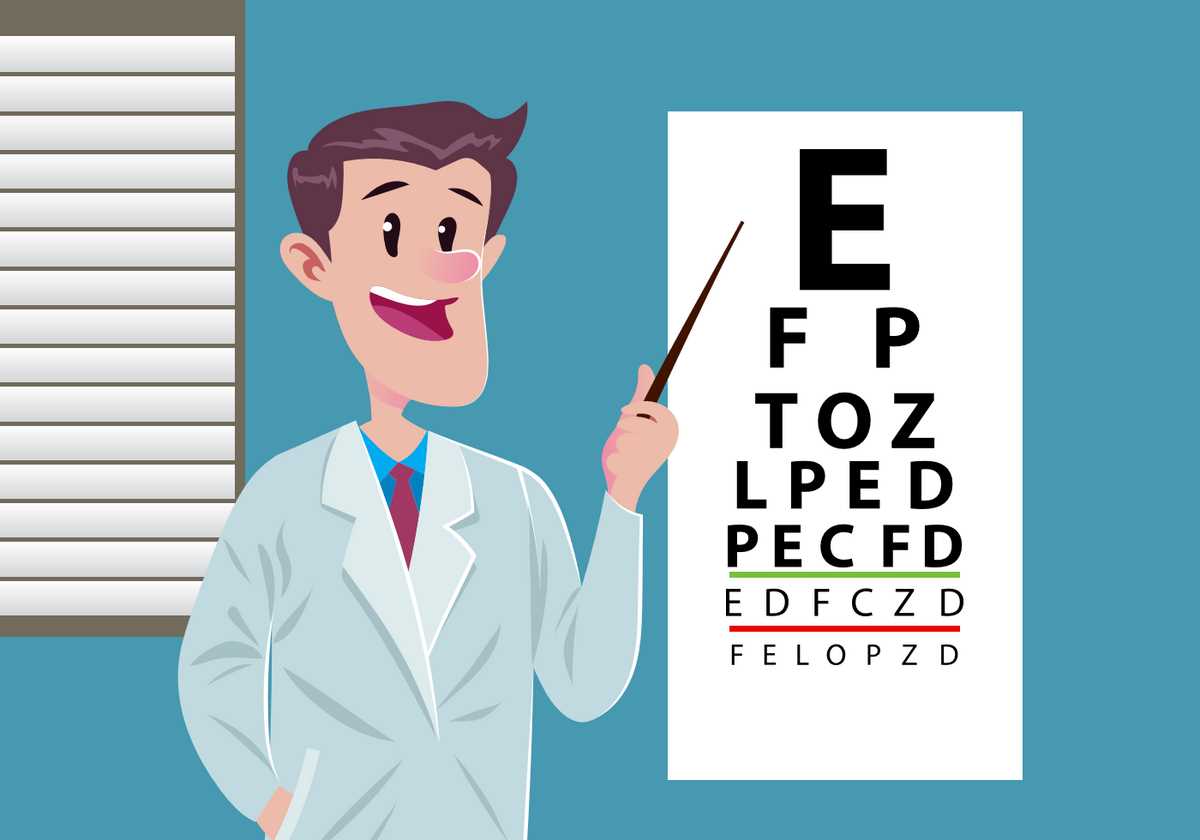
If you do not meet the required visual standards during the assessment, there is no need to panic. Failing the vision screening does not automatically disqualify you from obtaining or renewing your driver’s license. Instead, there are several steps you can take to address the issue and proceed with the licensing process.
First, you may be asked to retake the test at a later time or in a different setting. In some cases, you may be given the opportunity to use corrective lenses, such as glasses or contact lenses, during the retest. If this is the case, make sure your lenses are up to date and provide clear vision.
Further Action: If you continue to have difficulty meeting the visual requirements, you might be referred to an eye specialist for further evaluation. The specialist can provide a detailed assessment of your visual health and determine if any additional treatment or correction is necessary.
Temporary Driving Restrictions: In some situations, you may be given a temporary restriction on your license until you can provide proof of improved vision or obtain the necessary corrective lenses. It’s important to follow up promptly to avoid any disruptions to your driving privileges.
By addressing any vision concerns proactively, you can ensure that you meet the necessary standards and continue to drive safely and legally.
Vision Test for Older Drivers
As individuals age, changes in vision can occur, affecting their ability to drive safely. To address this, many regions implement specific visual assessments for older drivers to ensure that they can still meet the necessary requirements for safe vehicle operation. These assessments are typically part of the driver’s license renewal process and may be more frequent as a person gets older.
Older drivers are generally required to undergo the same vision screening as other applicants, but there may be additional considerations. In some areas, individuals over a certain age may be asked to take the test every few years rather than the standard renewal intervals. These tests check for the clarity of vision, depth perception, and peripheral awareness, all of which are critical for driving safely.
It’s important for older drivers to stay proactive about their visual health. Regular visits to an optometrist and the use of corrective lenses, if necessary, can help ensure that they continue to meet the standards for safe driving.
When You Need to Retake the Vision Test
There are several situations in which you may be required to undergo another vision screening. These tests ensure that your visual abilities remain at a level that allows you to drive safely and legally. Below are the most common circumstances in which retaking the test might be necessary:
- License Renewal: In some regions, you may need to retake the test as part of the renewal process, especially if you are older or if it has been several years since your last assessment.
- Changes in Vision: If you notice a decline in your vision, such as difficulty reading signs or seeing clearly at night, it’s important to get retested to ensure you still meet the necessary standards.
- Medical Conditions: If you develop certain health conditions, such as cataracts, glaucoma, or macular degeneration, you may be required to take the test to assess any impact on your visual ability.
- Previous Test Failure: If you did not pass the vision screening during a previous attempt, you may need to retake the test once you have addressed the issues (e.g., with corrective lenses).
If you are unsure whether you need to retake the test, it’s a good idea to consult with your local licensing office or healthcare provider. Regular vision assessments help to ensure that you maintain the necessary skills to drive safely, protecting both yourself and others on the road.
Using Glasses or Contacts for Vision Test
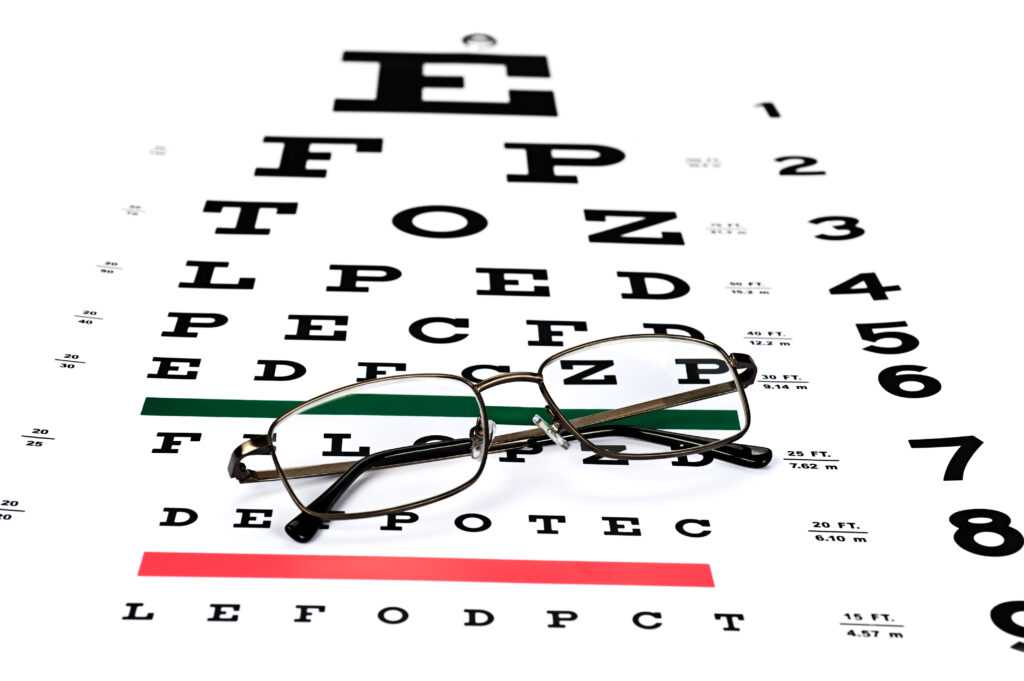
If you rely on corrective lenses for clear vision, you will likely be allowed to wear them during your vision screening. This ensures that your abilities are accurately assessed while using the tools that help you meet the necessary standards for safe driving. Here are some key points to consider when using glasses or contact lenses for your test:
- Bring Your Corrective Lenses: Make sure to bring your glasses or contact lenses with you to the test, as they are often required to pass the vision assessment. This helps ensure that you are evaluated while using the best vision correction available to you.
- Check Prescription Accuracy: Ensure that your lenses have the correct prescription before the test. If you’ve recently had a prescription change, it’s important to wait until you’re using the updated lenses for your screening.
- Contact Lenses: If you wear contacts, be sure they are properly fitted and comfortable before the screening. You may be asked to remove them temporarily if you need to test for visual acuity at different distances.
- Limitations on Lenses: If your vision is not sufficiently corrected by your glasses or contacts, you may need to explore other options, such as additional vision treatments or more advanced corrective lenses.
Using corrective lenses during the vision screening ensures that you meet the visual standards for driving. If your lenses are outdated or uncomfortable, you may not be able to pass the test, so it’s essential to be prepared and take care of your vision before your appointment.
Special Vision Requirements for CDL
When applying for a commercial driver’s license (CDL), individuals must meet stricter vision standards due to the nature of their job, which often involves driving large vehicles under various conditions. These standards ensure that drivers can safely operate their vehicles, especially in high-traffic or challenging environments. Meeting these requirements is essential for passing the assessment and obtaining the license needed for commercial driving.
Here are some key points regarding the vision requirements for a CDL:
- Minimum Visual Acuity: CDL applicants typically need to have a minimum level of visual acuity in both eyes, often 20/40 or better, with or without corrective lenses. This ensures that they can perceive objects clearly at a distance, which is crucial for safe driving.
- Peripheral Vision: Adequate peripheral vision is also required to ensure that commercial drivers can detect vehicles, pedestrians, or other obstacles that might be outside their direct line of sight.
- Color Vision: In many cases, applicants must be able to distinguish traffic signals and signs, which requires normal color vision. This helps drivers recognize red, green, and yellow lights and signs while on the road.
- Corrective Lenses: If a driver uses corrective lenses, they must wear them during the test and while driving. The use of glasses or contact lenses is acceptable, but the applicant must meet the minimum visual standards when wearing them.
- Medical Waivers: In some cases, individuals with specific vision impairments may be eligible for medical waivers if they can demonstrate that their condition does not impede their ability to drive safely. However, these waivers require additional documentation and approval.
For those seeking a CDL, it’s important to ensure that your vision meets the specific standards set forth for commercial driving. Being prepared and having an up-to-date prescription, if necessary, can help streamline the application process and ensure a successful outcome.
How Vision Affects Your Driving Ability
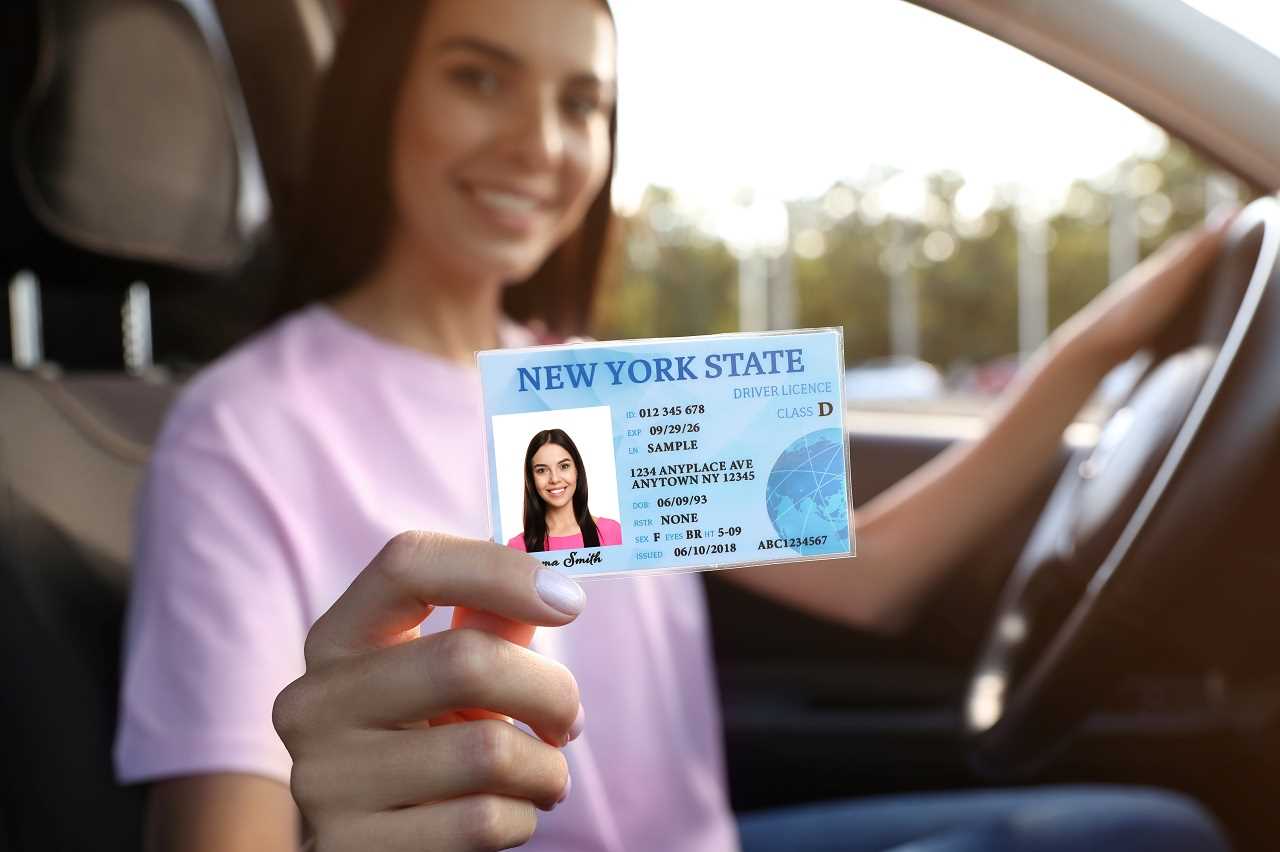
Your ability to see clearly plays a crucial role in your safety and the safety of others on the road. Vision influences almost every aspect of driving, from recognizing road signs to judging distances and reacting to potential hazards. Impaired vision can significantly reduce reaction time and the ability to navigate traffic, increasing the risk of accidents.
Here are some ways vision can impact your driving performance:
- Reaction Time: Clear vision allows you to see obstacles, other vehicles, or traffic signals well in advance. If your vision is impaired, your reaction time may be slower, increasing the likelihood of collisions.
- Depth Perception: Being able to judge distances accurately is vital when merging into traffic, changing lanes, or parking. Poor depth perception can cause misjudgments, leading to accidents.
- Peripheral Awareness: The ability to detect movement or objects outside of your direct line of sight is essential for avoiding blind spots. Limited peripheral vision can prevent you from noticing nearby vehicles or pedestrians.
- Night Driving: As light diminishes, the ability to see clearly becomes more challenging. If you have difficulty seeing at night, it could make driving in low-light conditions particularly dangerous.
- Focus and Attention: Good vision enables you to focus on multiple tasks at once–keeping an eye on the road, checking mirrors, and monitoring other drivers. Visual impairments can make it harder to multitask effectively.
Maintaining good vision is essential not only for passing required assessments but also for ensuring safe driving. Regular checkups and using corrective lenses, when necessary, can help you stay sharp and avoid potential hazards on the road.
Why Regular Eye Exams Are Important
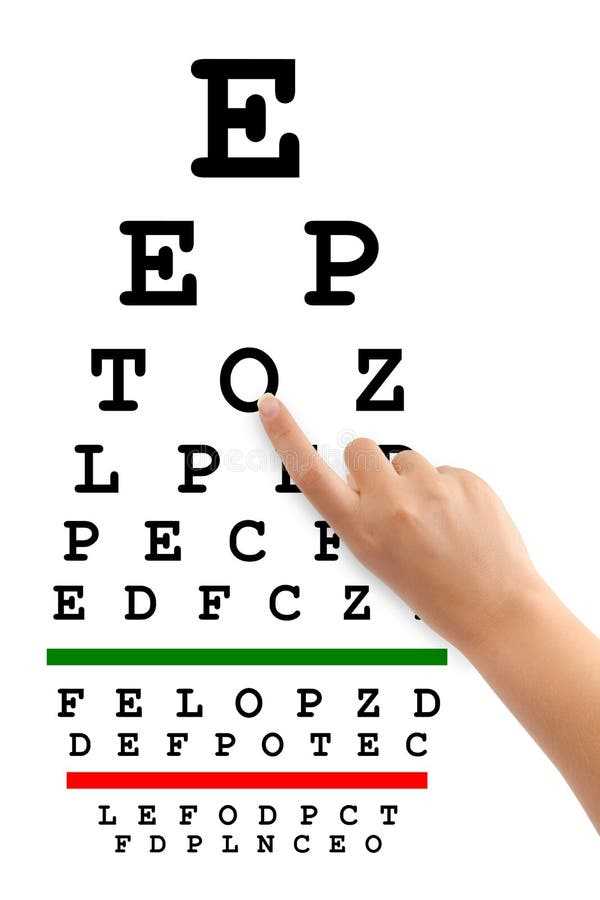
Regular checkups for your vision are essential for maintaining overall health and ensuring you can perform everyday tasks safely. Over time, your vision may change without you noticing, and detecting issues early can prevent more serious conditions from developing. Periodic evaluations allow you to keep track of any changes and address them before they impact your daily activities, particularly driving.
Here are some key reasons why regular vision assessments are important:
- Early Detection of Issues: Many vision problems, such as glaucoma or macular degeneration, develop gradually without obvious symptoms. Routine evaluations can catch these issues early, allowing for more effective treatment.
- Maintaining Driving Safety: Clear vision is critical for safe driving. Regular checkups help ensure that any changes in your ability to see, such as poor night vision or reduced peripheral awareness, are addressed in time to prevent accidents.
- Improving Quality of Life: Good vision is essential for everyday activities like reading, working, and even enjoying leisure activities. Regular evaluations help ensure that you are getting the most out of your sight, contributing to better productivity and quality of life.
- Detection of Other Health Conditions: Some vision problems can be indicators of underlying health issues, such as high blood pressure or diabetes. Regular assessments can help detect these conditions before they become more serious.
- Updating Corrective Lenses: If you use glasses or contact lenses, it is important to keep your prescription up to date. Regular checkups ensure that your corrective lenses are working effectively, preventing strain and discomfort.
In summary, regular assessments for your vision are essential for maintaining your overall well-being and safety. Whether it’s for driving, work, or leisure, staying on top of your vision health is an important part of taking care of yourself.